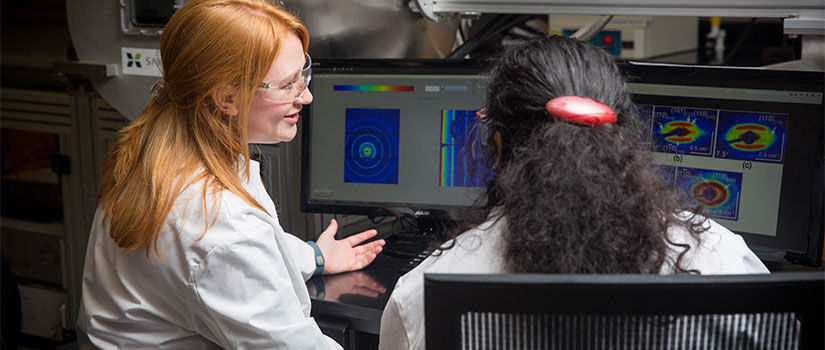As of February 1, 2016, the Carnegie Commission on Higher Education has fully adopted a new update of classifications for colleges and universities. Under the new classification, doctoral degree-granting universities are ranked in three categories as follows:
- R1: Doctoral Universities – Highest research activity
- R2: Doctoral Universities – Higher research activity
- R3: Doctoral Universities – Moderate research activity
The University of South Carolina Columbia has retained its place among the most elite doctoral-granting research universities, and is classified as "R1: Doctoral University with Highest Research Activity." USC's placement in the top group is based on a set of criteria that factors in research funding, the number of non-faculty research personnel including postdoctoral scholars and the number of doctoral degrees USC confers.
USC Vice President for Research, Prakash Nagarkatti, commented, "With the new Carnegie listing, USC has retained and solidified its place as South Carolina's longest-running top-tier research university. This reaffirms that the work we do, the graduate students we train and the researchers we attract at USC are among the best in the United States. This distinction helps to raise our state's profile, making the Palmetto State a more attractive place to study, live and do business."
Initiated in 1970, the Carnegie Classification system was developed to organize colleges and universities into groups, based on the dimensions most relevant to their work. In this way, the classification serves as a descriptive guide to a university's primary functions, the type of students it serves and the work of its faculty.
Office of the Vice President for Research
